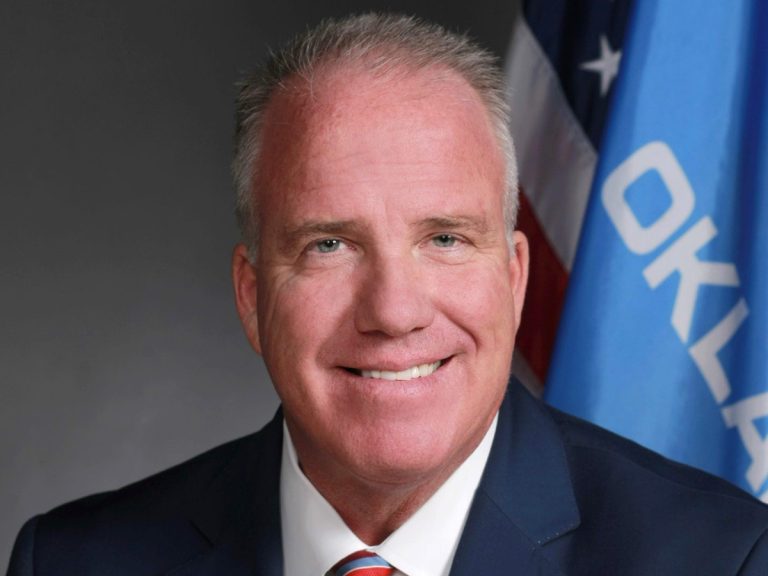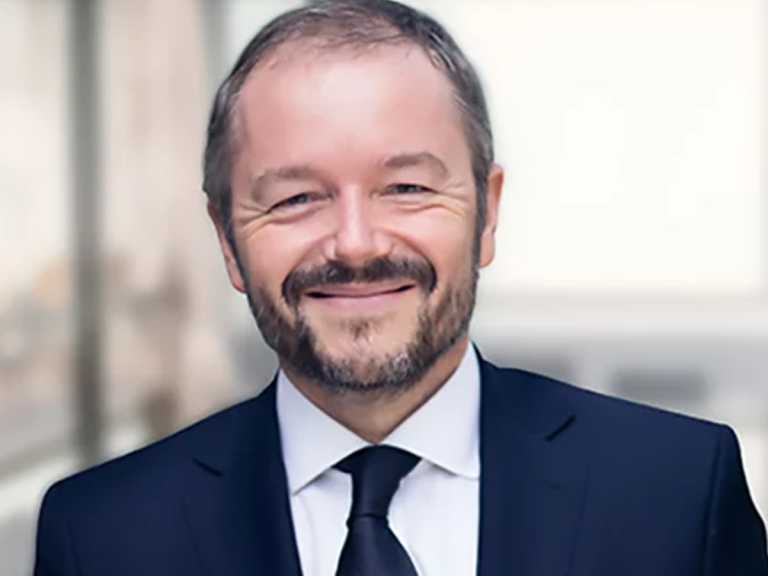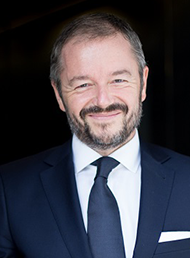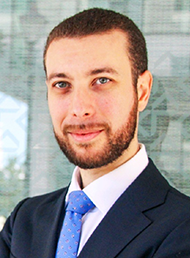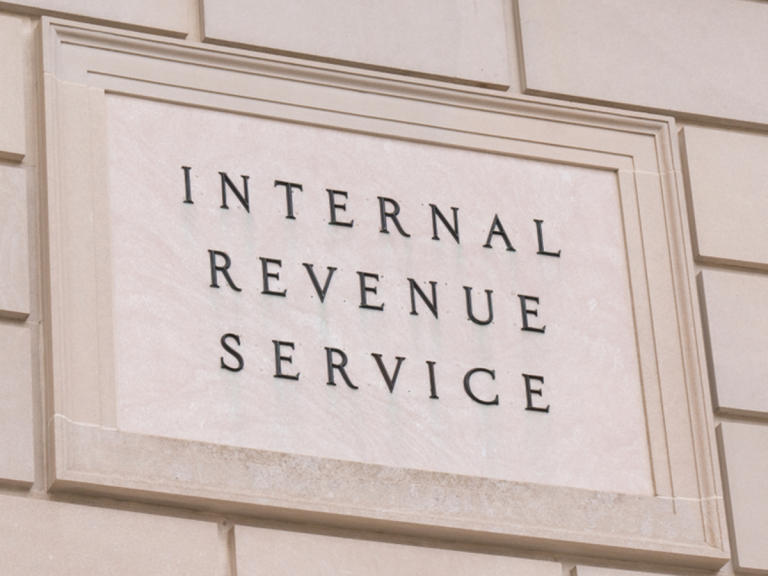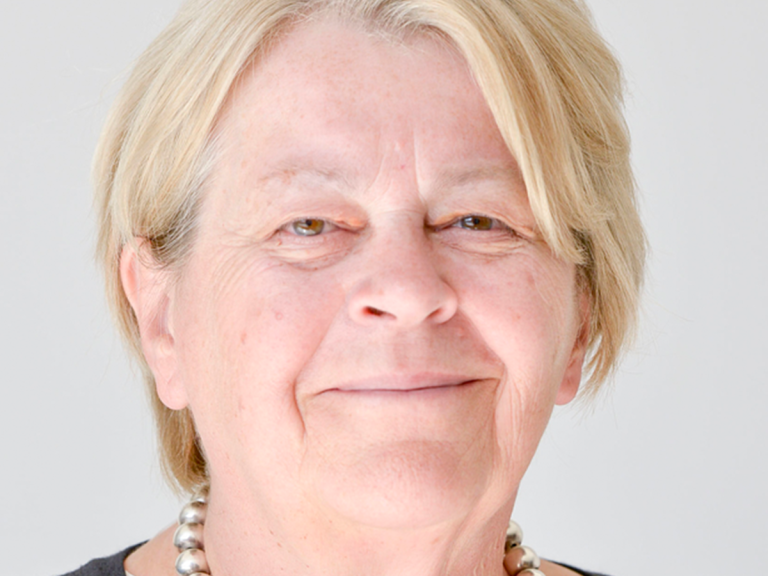Oklahoma’s Insurance Commissioner Glen Mulready has called on the Internal Revenue Service to withdraw its Notice of Proposed Rulemaking (NPR) concerning micro captives and form a joint task force consisting of the IRS, regulators and representatives of the captive insurance industry.
Captive Intelligence reported in April that the IRS had proposed new regulations for “micro captives” at the same time as obsoleting Notice 2016-66, having had it struck down by the courts in March 2022.
The proposed regulations for 831(b) captives have divided opinion across America’s captive landscape, with some saying they could destroy the industry, while others have branded it a refreshing change.
The call from Oklahoma came in a letter to IRS Commissioner Danny Werfel, written by captive regulator Steve Kinion on behald of by Commissioner Mulready, as part of the State’s comments in response to the NPR.
One mission of the task force proposed by Oklahoma would be to enhance the IRS’ knowledge on captives and why they are important for risk transfer.
“Once a level of mutually enhanced knowledge exists, the task force’s next mission will be to consider the feasibility of the NPR’s proposals as those proposals relate to captive insurance,” the letter, penned by Kinion, stated.
Under the Notice, the IRS proposed regulation which would see certain micro-captive transactions deemed “listed transactions” and other micro-captive transactions labelled “transactions of interest”.
The majority of captives that record a loss ratio under 65% would be considered a “listed transaction”.
The 65% loss ratio calculation and limit has attracted the attention of many across the US captive market since it is not uncommon for captives, whether taking the 831(b) tax election or not, and commercial insurers to perform at or better than that level.
The Oklahoma insurance Department (OID) said it opposes the NPR for the reason that captive insurance transactions, which insure low frequency but high severity risks, will be “needlessly” designated listed transactions or transactions of interest.
“Low frequency risks will very likely fail the 65% loss ratio test applied to the captive insurer’s most recent nine taxable years,” Kinion said.
“Legitimate insurance coverages like terrorism or pandemic risks thankfully have few claims meaning they are low frequency. However, when claims occur, they are severe in dollar amounts.”
Kinion said that captive insurers that insure such risks for legitimate reasons should not be burdened with the administrative and legal expenses associated with being in the category of tax evasion or avoidance by failing the loss ratio test.
The letter noted that Commissioner Mulready is willing and ready to engage with the IRS to find agreeable solutions to the IRS’ concerns with captive insurance.
The comments from the OID follow those provided by the Tennessee Captive Insurance Association (TCIA) last week.
“The IRS should not attempt to impose a 65% loss ratio on micro-captive transactions as only Congress has the authority to impose loss ratios on the insurance industry under the McCarran Ferguson act,” The TCIA said.
The letter also follows comments from The Self-Insurance Institute of America (SIIA), which said the proposals will “severely limit access to captive insurance programs for small- and medium-sized businesses in the US”.

